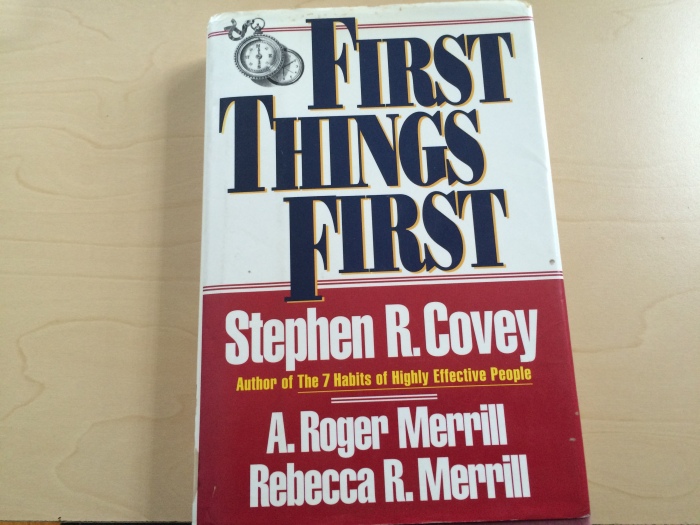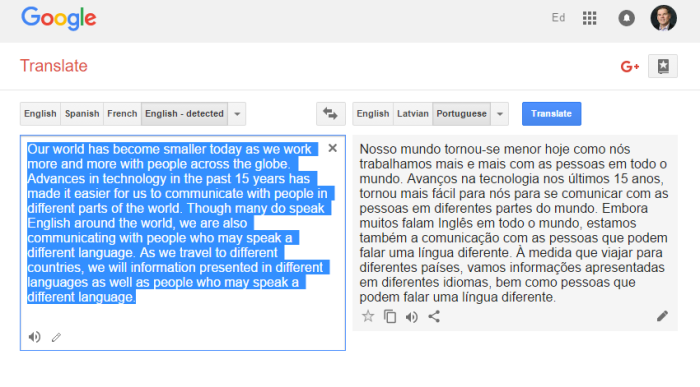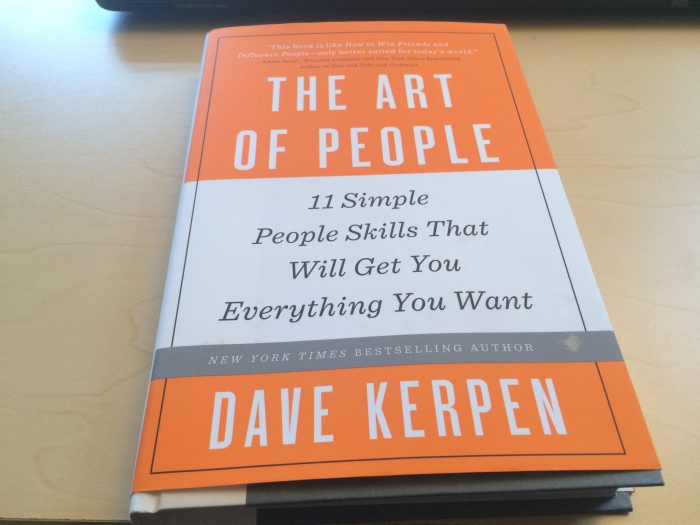
In the past few weeks, we have looked at the project manager’s relationships with the sponsor and project team. There are many other stakeholders to also consider when managing a project.
According to the Project Management Institute (PMI), a stakeholder is “an individual, group, or organization, who may affect, be affected by, or perceive itself to be affected by a decision, activity, or outcome of a project”. Stakeholders can be either internal or external to the organization. Usually, projects involved some form of change and these changes will be perceived positively by some or negatively by others.
Internal stakeholders are people within your organization whose jobs will be either impacted during or after the project. Departments that are required to provide resources and support during the project are impacted with additional work that may conflict with their regular responsibilities as well as other projects they are supporting. Other internal stakeholders may see their jobs change as the result of the project, either in the way their work is performed, introducing new work or through eliminating certain work. This may lead to new opportunities for some, but may also involve assuming new responsibilities, retraining, or reductions to current staff. This can lead to uncertainty and anxiety.
External stakeholders may include customers, vendors, other business partners, as well as government or regulatory agencies. Customers may be impacted by the introduction of a new product, changes to an existing product, or the replacement of an existing product. For some customers, new products may be welcome. For other customers, changes to or the elimination of current products may cause inconveniences. This can lead to customer dissatisfaction or the loss of business. Vendors may be involved as part of the project providing products, services, and/or consulting. Government or regulatory agencies may be involved where laws or regulations need to be followed or new procedures implemented. In these cases, the work may be mandatory and involve set deadlines.
Whether the project has a positive or negative impact on the stakeholder, it will lead stakeholders to either support the project or offer resistance. Project managers need to be sensitive to these impacts.
In constructing a plan to manage project stakeholders, start by identifying the key stakeholders. Determine their interest in the project, and if they will be positively or negatively impacted by the project. Also, determine their level of influence.
For stakeholders who will be positively impacted, recruit them to be project champions to promote the positive impact of the project to the organization and its customers. The project sponsor is also a project champion that can be a key influencer. To get buy-in from people, they will need to understand the benefits and the positive impacts to them.
For those who may offer resistance to the project, meet with these stakeholders and listen to their concerns. Be empathetic to their concerns. In some cases, these discussions can uncover risks or issues that had not been previously considered. In other cases, their concerns are caused by the uncertainty of the changes that will be taking place. Understanding these concerns will help you as the project manager to address these concerns.
Developing a communications plan will help to keep stakeholders informed. Communicate as frequently as you can and share as much as you can (things that are not considered sensitive or confidential). Frequent and open communications can help to build trust and to get stakeholders on board.
To reduce uncertainty and anxiety among stakeholders, provide additional information, training, and tools to help them prepare for the changes.
In working with groups who will be supporting the project efforts, review their priorities with them and work to resolve scheduling and resources conflicts as early as possible. Addressing this as early as possible will make it easier to make adjustment. Being sensitive to their other priorities will improve their engagement and commitment to the project.
Resistance can create many problems for the project manager. These problems can include project delays, cost overruns, and poor user or customer adoption. Getting in front of any resistance as early as you can help to move the project to a successful completion.
 When engaging in conversation, many of us want to share our knowledge and experiences with others. This may be inform or educate others and at times just to impress people. While there is value to us sharing our knowledge, it is also very important to engage in active listening and learning from others.
When engaging in conversation, many of us want to share our knowledge and experiences with others. This may be inform or educate others and at times just to impress people. While there is value to us sharing our knowledge, it is also very important to engage in active listening and learning from others.



 Our world has become smaller today as we work more and more with people across the globe. Advances in technology in the past 15 years has made it easier for us to communicate with people in different parts of the world. Though many do speak English around the world, we are also communicating with people who may speak a different language. As we travel to different countries, we will information presented in different languages as well as people who may speak a different language.
Our world has become smaller today as we work more and more with people across the globe. Advances in technology in the past 15 years has made it easier for us to communicate with people in different parts of the world. Though many do speak English around the world, we are also communicating with people who may speak a different language. As we travel to different countries, we will information presented in different languages as well as people who may speak a different language.


 Last week, we looked the importance of the project sponsor relationship. This week, we look at the project team.
Last week, we looked the importance of the project sponsor relationship. This week, we look at the project team.